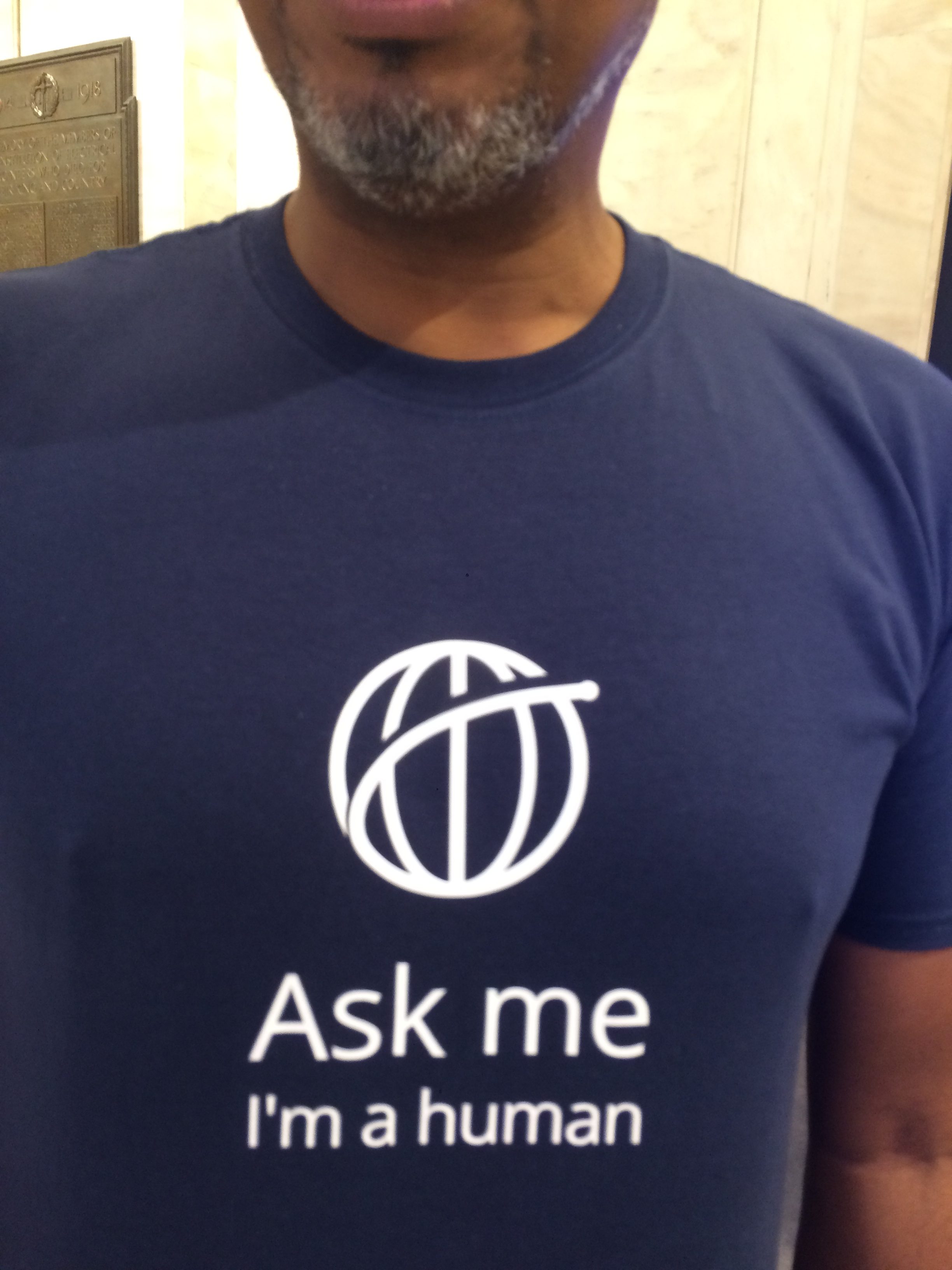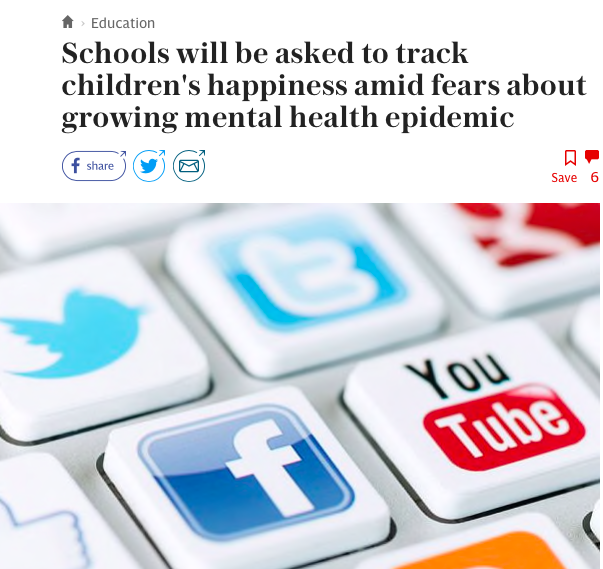 A nice chart to, perhaps, use alongside my Table of Disruptive Technologies. I do like the point about looking at the fundamentals of supply and demand. In my view, not enough airplay is being given to what is NOT changing.
A nice chart to, perhaps, use alongside my Table of Disruptive Technologies. I do like the point about looking at the fundamentals of supply and demand. In my view, not enough airplay is being given to what is NOT changing.
Couple of standout quotes from the McKinsey report…
“Don’t we need to focus more on the nature of the disruption we expect to occur in our industry rather than on who the disruptors are today? I’m pretty sure most of those on our list won’t be around in a decade, yet by then we will have been fundamentally disrupted. And how do we get ahead of these trends so we can be the disruptors, too?”
In helping executives to answer this question, we have—paradoxically, perhaps, since digital “makes everything new”—returned to the fundamentals of supply, demand, and market dynamics to clarify the sources of digital disruption and the conditions in which it occurs. We explore supply and demand across a continuum: the extent to which their underlying elements change.
Source: McKinsey & Company (article link).











